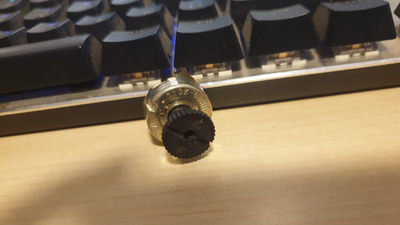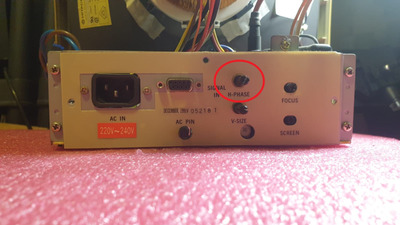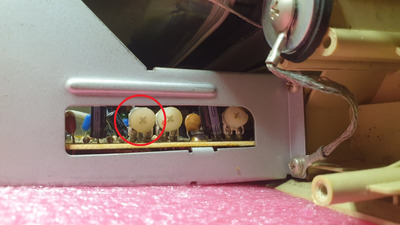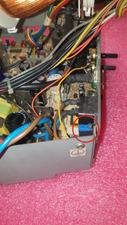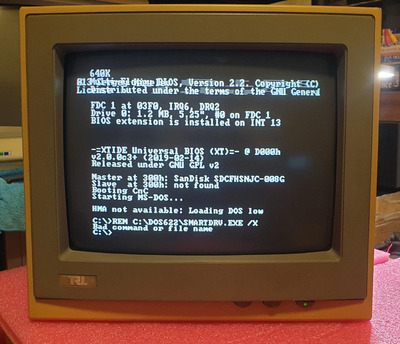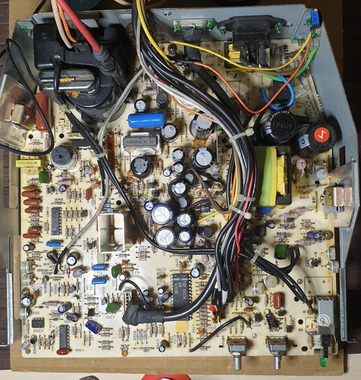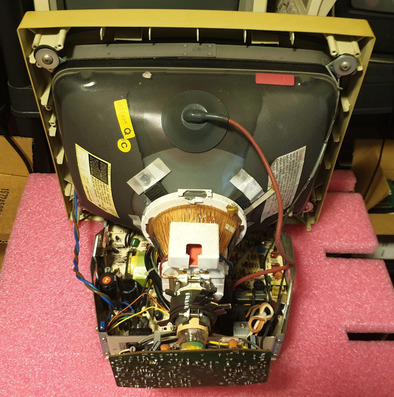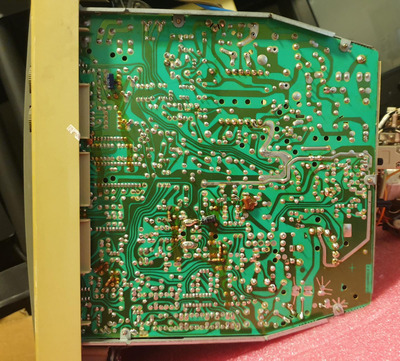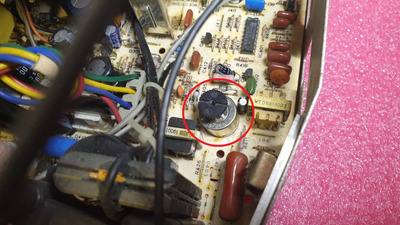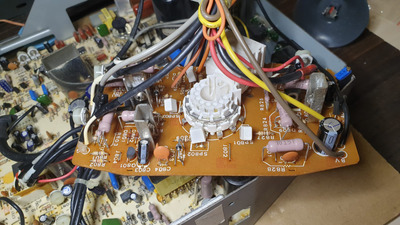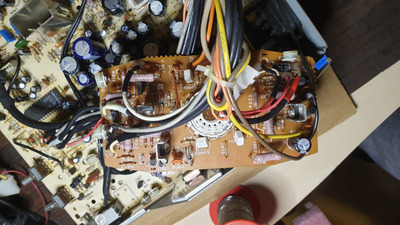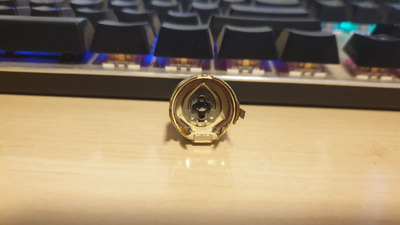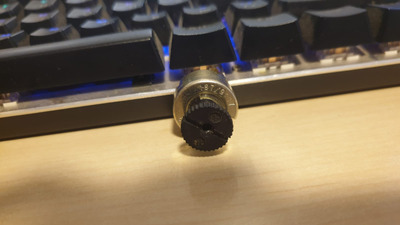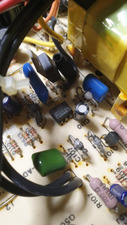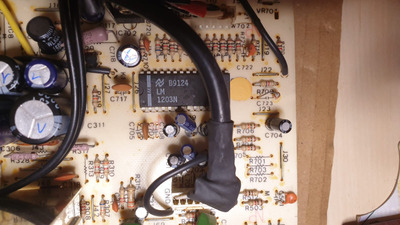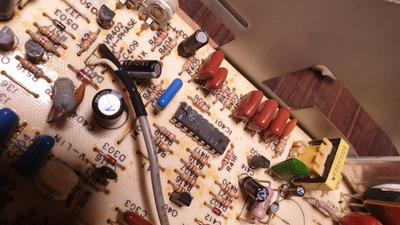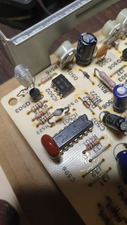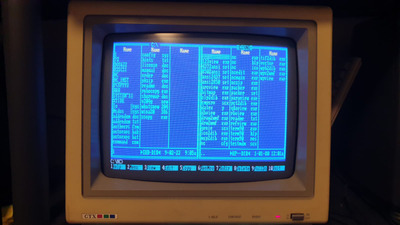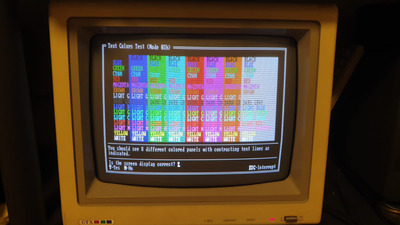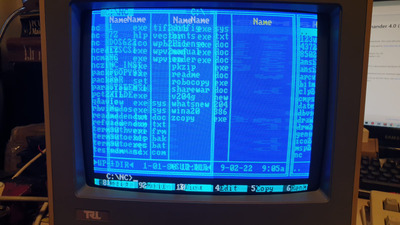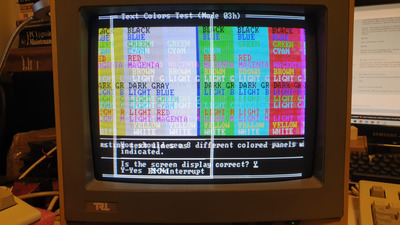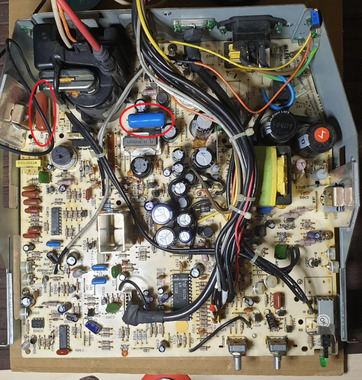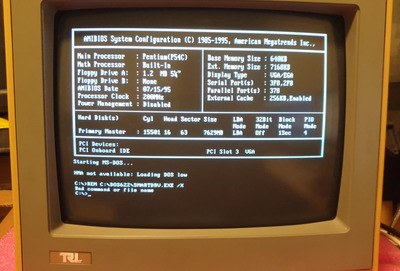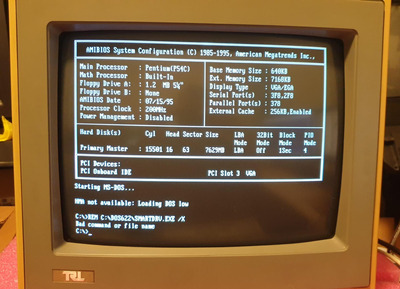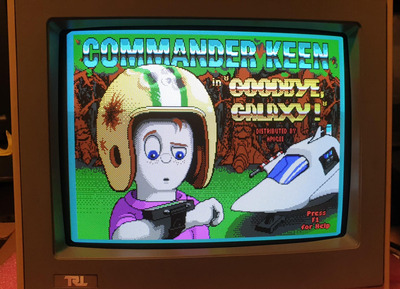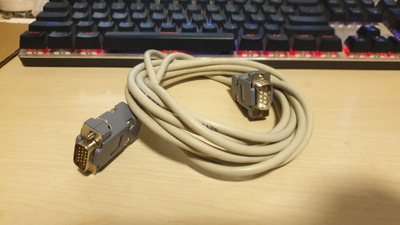First post, by x86_guy
I got an old "TRL" CGA CRT monitor which have a problem with the horizontal positioning.
The picture seems to be positioned too much to the right. I tried adjusting the H-phase knob which is accessible at the rear of the monitor, which helped a bit, but the picture is still positioned to the right.
Then, I opened the monitor and adjusted two potentiometers that I found controlling the horizontal positioning also. Again, it helped, but not enough, the picture still positioned way too much to the right.
So, I wanted to try adding resistance to one of the potentiometers (the one that is accessible at the rear) to add some more range, so I added a 50k variable resistor in series to it. This one gave me a bit more of H-positioning range - adjusting it moved the picture more to the left, up to a point where the picture stopped moving, and adding more resistance didn't do anything, so I stopped there.
Then, I took a closer look at one of the potentiometers inside the monitor. I took it off to test it.
On it's package written "110K-60HB", and the refdes starts with "VR". Googling it didn't give me any relevant results, so I assumed it's a 110k variable resistor.
Measuring the total resistance across this component gave me 60ohm, so I assumed something is wrong here. I replaced it with a new 100k variable resistor to see if it make any improvement.
Fired on the monitor with the new variable resistor, and started adjusting it. The pictured seemed to be moving close to the center, but then the component started making smoke - so I turned off the monitor and returned the old one.
I don't really know what went wrong with the replacement - am I wrong with the part identification? Isn't it a 110k variable resistor? or maybe it is - but the resistor I replaced it with, doesn't meet the power spec of the original one (which I don't know because I can't find any info about the original component)?
Another weird issue - The font of the test looks really big - It doesn't look like this with another CGA monitor connected to the same PC (it's an XT machine with paradise video adapter configured to CGA mode) - Any idea why is it like this?
Anyone have any thought about this? Any recommendations on how to proceed?
*Attached pictures- I circled in red the parts I mentioned in this post.
